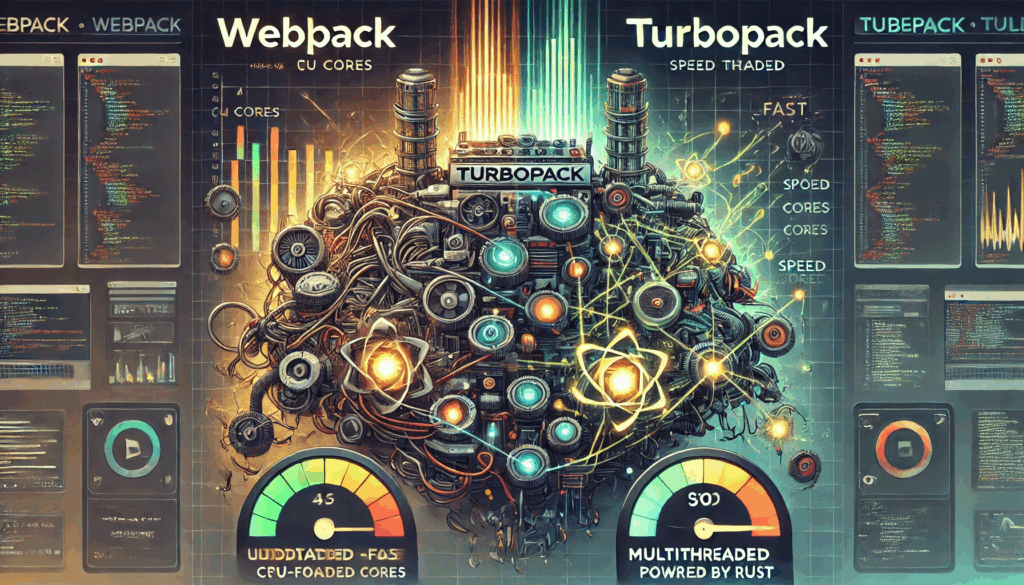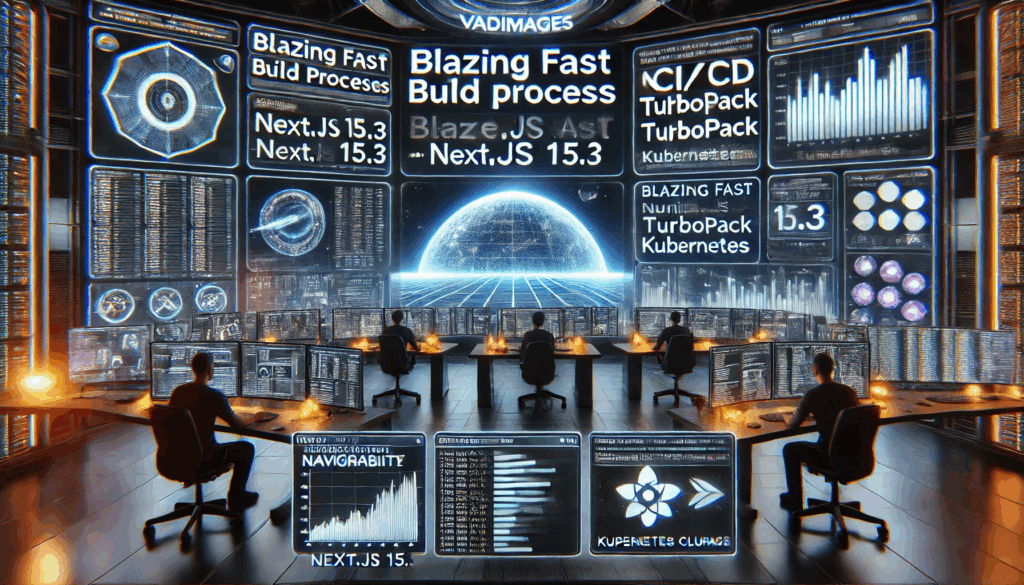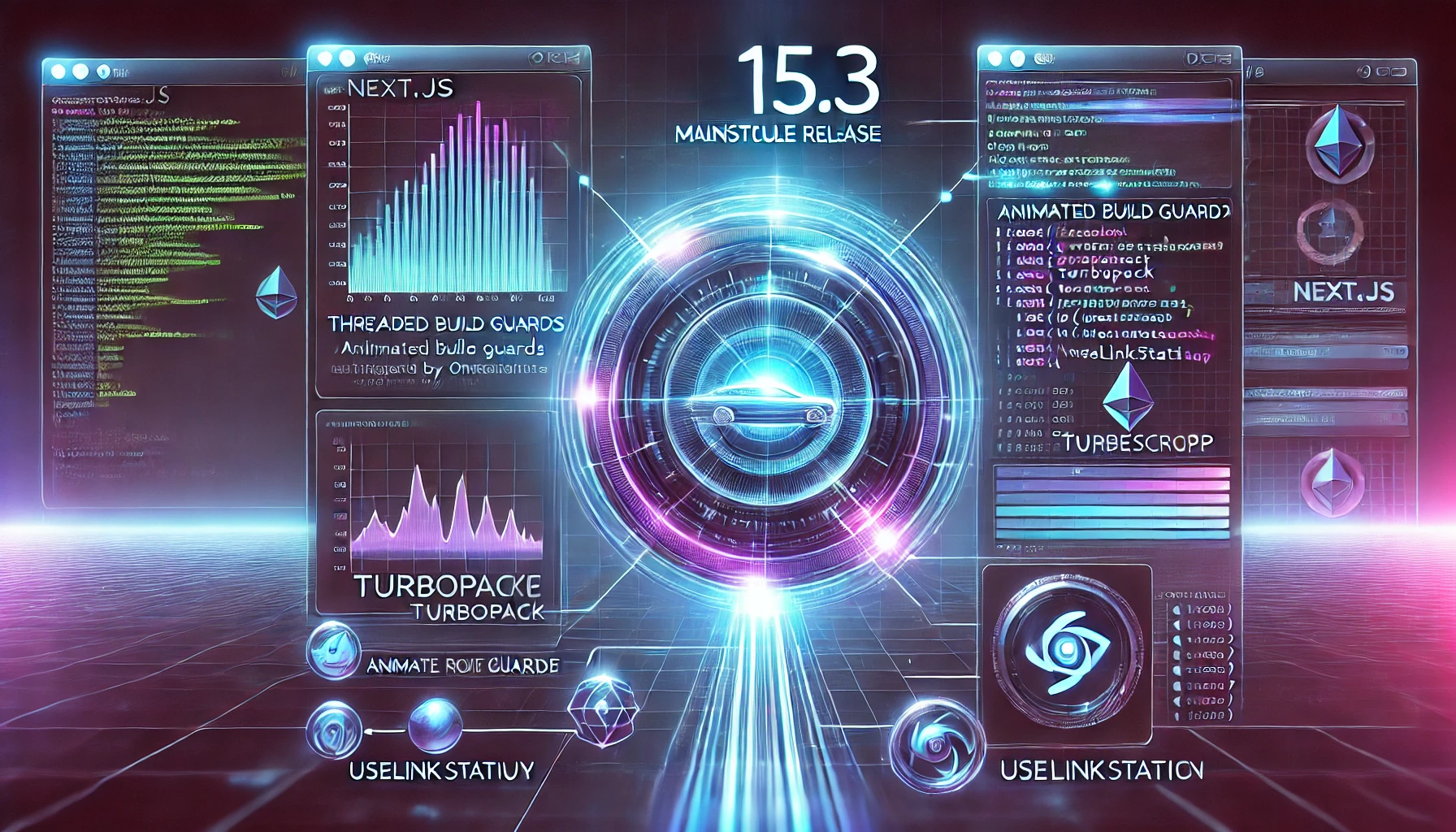Understanding the 15.3 Milestone

On 9 April 2025 the Vercel team rolled out Next.js 15.3, describing it as a “milestone release” that closes the gap between experimental tooling and production‑ready performance. The headline additions—Turbopack builds, new client instrumentation and navigation hooks, a faster TypeScript language‑server plug‑in, and community Rspack support—arrive at a moment when developers are demanding leaner, more transparent frameworks. While some corners of the community debate React Server Components fatigue, few deny that 15.3 delivers concrete wins in build speed and runtime control.
Turbopack Builds and the Future of Compilation

Turbopack has been part of “next dev” workflows for months, but 15.3 introduces the first alpha of next build –turbopack, extending Rust‑powered incremental bundling to production artifacts. Internal tests show 28 percent faster builds on four CPU cores and up to 83 percent on 30 cores, with more savings promised as persistent caching matures. Configuration has graduated from the experimental namespace: developers now add a dedicated turbopack block to next.config.ts, signaling long‑term commitment to the new compiler. For teams that rely on Webpack‑dependent plug‑ins, the ecosystem is hedging bets through a community‑maintained Rspack adapter that already passes 96 percent of Next.js’ integration tests.
Graphics element: Side‑by‑side infographic of Turbopack’s threaded build graph outrunning a legacy Webpack pipeline on identical repositories.
Navigation, Instrumentation, and Developer Experience Upgrades

Beyond raw compilation speed, 15.3 sharpens client‑side UX and observability. A new instrumentation‑client.{js,ts} file executes before the main bundle, letting engineers mark performance baselines, initialise analytics, or wire error handlers at the earliest moment in the life‑cycle. Combined with the freshly minted onNavigate property for the Link component and the useLinkStatus hook, apps can render micro‑loading states, cancel rogue navigations, or feed page‑transition metrics into dashboards without brittle work‑arounds.
The release also debuts a revamped TypeScript language‑server plug‑in: large monorepos that previously froze editors now report roughly 60 percent faster IntelliSense responses, smoothing the boundary checks that safeguard React Server Components and client–server separations.
Graphics element: Flow diagram depicting onNavigate triggering animated route guards while useLinkStatus toggles a contextual spinner.
Why Vadimages Recommends Upgrading Today

At Vadimages Web Development Studio we already build flagship storefronts and SaaS dashboards on Next.js, pairing the framework’s hybrid rendering with our own autoscaling infrastructure blueprints. The leap in build performance alone trims CI/CD pipelines and lowers energy costs across our Kubernetes clusters, but the subtler wins—earlier observability hooks, cancellable client navigation, and a calmer TypeScript plug‑in—translate directly into happier developers and more resilient user journeys.
Migrating with confidence goes beyond npm install next@latest. Our engineers run side‑by‑side Turbopack and Webpack builds on staging branches, benchmark route‑transition latency with synthetic traffic, and patch third‑party plug‑ins that assume older compilation semantics. If your product roadmap depends on rapid feature velocity without risking regressions, our team can pilot the 15.3 upgrade, configure fallbacks to Rspack where necessary, and wire Grafana dashboards to the new instrumentation layer—delivering the speed of tomorrow without sacrificing today’s stability. To see a live demo of Turbopack cutting build times in half on a 12‑service monorepo, or to schedule an audit of your existing Next.js codebase, reach out through Vadimages.com and let us turn release notes into measurable ROI.
